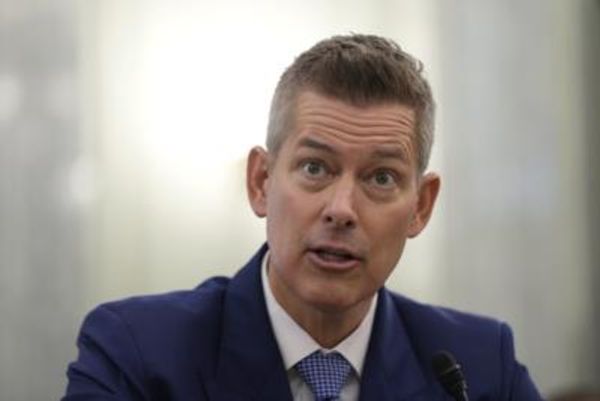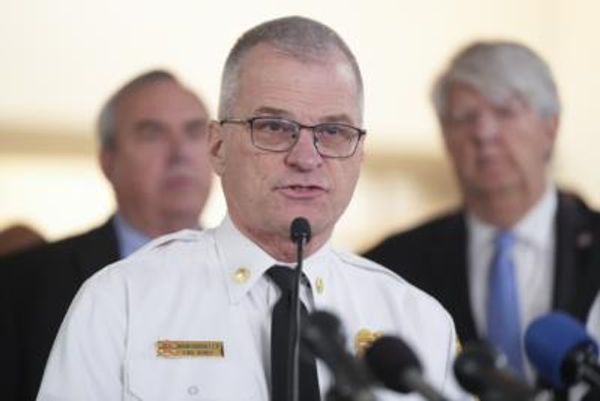
The approach to the Chernobyl exclusion zone is reminiscent of another no-go area I have visited once before. The DMZ, on the border between South and North Korea, shares the same expanse of big white skies and wild, unmanaged forest. They felt the same, too, with their otherworldly atmospheres and stark imagery.
Thousands of people visit these places every year. But what had drawn me to them? And is it OK to engage in such “dark tourism”? Was a visit to Chernobyl in a different category to school trips I undertook to the trenches of the First World War and concentration camps of the Holocaust? Why did I feel compelled to take a photo of the memorial at Ground Zero, anyway? Or walk through the tunnels at Hezbollah’s war museum in southern Lebanon?
The day of my trip to Chernobyl, in mid-June, happened to be the very same day that the creator of HBO’s wildly popular new miniseries of the same name warned fans of the show to be respectful upon visiting.
“It’s wonderful that #ChernobylHBO has inspired a wave of tourism to the Zone of Exclusion,” tweeted Craig Mazin. “But yes, I’ve seen the photos going around. If you visit, please remember that a terrible tragedy occurred there. Comport yourselves with respect for all who suffered and sacrificed.”
He was responding to a spate of stories about Instagram influencers visiting the site and posting selfies from the ruins. The influencer behind one of the most provocative of these images (her hazmat suit not so subtly falling down to expose her thong) later denied they were taken at the site, despite having tagged them in Pripyat, the town built expressly for the workers at the Chernobyl nuclear plant.
But even in the absence of influencers in their underwear, my visit to the site was not without some uncomfortable tourist-induced sights – young men, seemingly on a stag party, wearing “I survived Chernobyl” T-shirts (thankfully not on my tour), and glow-in-the-dark condoms on sale just before the first checkpoint.
Pripyat – named after the local river – was founded in 1970. It was designed as a Soviet paradise, a self-sufficient utopia housing the thousands of plant workers and their families.
Visiting the site now, you can see what would have enticed young Soviet citizens to the area, on today’s northern edge of Ukraine, bordering Belarus – which was still expanding when disaster struck on 26 April, 1986. Further reactors were in the process of being built when an explosion occurred during an overnight test at Reactor 4, creating a nuclear lava pool which still exists today and leading to a vast atomic cloud that drifted across Europe, as far as the UK.
Design flaws and breached protocol sparked the catastrophe, which is still having to be confined today – in 2016 the world’s largest moveable metal structure was placed over the initial protective “sarcophagus”.
Thirty-one first responders died that night and in the following months, of horrific, painful injuries. Thousands more likely died as a result of the massive atomic fallout – which some experts have said was equivalent to 400 Hiroshimas. Soviet authorities were predictably quiet about the ramifications of such an unprecedented nuclear accident. A UN estimate puts the expected death toll at 4,000 – Greenpeace puts it closer to 100,000.
As of 2011, tourists have been allowed to enter the Chernobyl exclusion zone – before that, “stalkers” would illegally find their way in, to document (or graffiti) this surreal place.
Even before the new HBO show – the most popular programme of all time, according to IMDB ratings – tourism was on the rise.
In 2013, some 8,000 tourists visited the Chernobyl exclusion zone, with checkpoints at the outer 30km ring, and the inner 10km zone, housing the reactor. This rose to 65,000 by 2018, according to Alexandra Chalenko, our Gamma Travel tour guide.
This year that figure might reach 100,000, she says. “We are joking amongst each other that we don’t want a second HBO season,” Chalenko says, of herself and other tour operators.
Among many Ukrainians, she says, the whole concept of touristic day trips to the zone can be deeply problematic.
“Some have a problem with these trips, they see it as just money-making. But this is a unique place. It is not a graveyard, or some creepy place – it is a place where nature has won.”
I disagree with her suggestion that Pripyat is totally without any lingering spookiness. But I also found it to be stunningly beautiful, and awe-inspiring. The site itself is as a testament to the power of a mighty empire in its final years; the accident symptomatic of the hubris which accompanied both sparring partners in the Cold War. Its architecture and the perfectly designed city of Pripyat reveal the promise of what could have been.
Our walk around the site, under a blazing 34C sun, took us from the port where lovers once met at an Art Deco-inspired cafe, its stained-glass windows now broken, to the cultural centre – a stunning modernist structure where straight lines abruptly meet sweeping curves. We walked on to the football stadium, with its terraces and running track. It’s impossible not to imagine the hope that the city held for its 50,000 inhabitants, who had to be evacuated the day after the explosion, never to return. The oft-photographed yellow ferris wheel was never used by the city’s children, who were eagerly anticipating its grand opening just days after the accident.
Wandering through the streets, now completely overgrown – trees sprouting through the ceilings of buildings – is also to imagine a dystopian future. A world post-us, where the natural world has thrived once again.
I have not yet watched Chernobyl, despite the pestering of my friends. When I decided to come, it was to see experience this – to look at the architecture up close and to do some birdwatching (alongside the tourists queueing at the checkpoint were researchers from the Ukrainian Birds of Prey Research Centre).
But some friends could not understand why I would want to go, quite aside from any potential health risks. “What else are you doing in the Ukraine? Little tour of the frontlines to feel alive?” is how one friend semi-facetiously put it.
For John Lennon, a professor of tourism who coined the phrase “dark tourism” when he spotted the phenomenon back in 1996, such a pursuit is a natural human desire, and can be undertaken in a way that is positive.
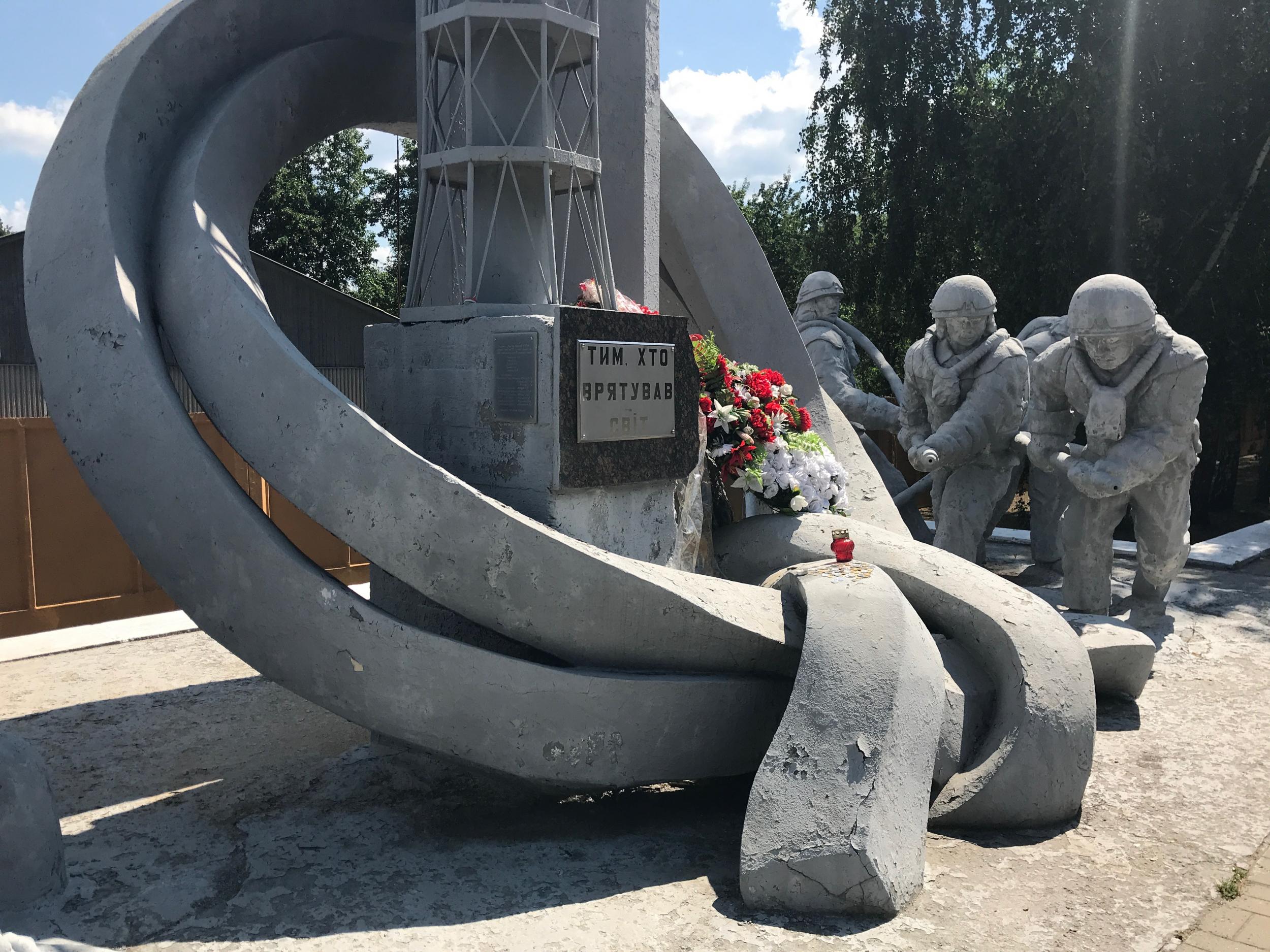
“I’m not the moral arbiter, I can’t say whether it’s acceptable or unacceptable,” says Lennon, co-author of Dark Tourism: The attraction of death and disaster and director of the Moffat Centre for Travel and Tourism at Glasgow Caledonian University.
But sites of dark or “grief” tourism are “important for learning, documentation, evidence of what occurred. Without such sites, in this time of fake news, you stand in danger of losing such history”.
And when the curation or preservation of such sites is often at least partially controlled by central authorities, the mere continued existence of these places can be vital for preserving history, he says.
“You can really see that in places like Cambodia – there are only one or two sites left of what happened there. The killing field site in Choeung Ek, which most people visit, was one of more than 345 such killing fields. The others are lost, they have been built over, or the jungle has returned.
“These places are important where the government is far from neutral. It might be well in the interest of the current [Cambodian] government to overlook that period. So in terms of learning and documenting, these sites are important.”
That people are drawn to these sites, so often associated with death and destruction, appears to Lennon a natural human instinct.
“There’s a human fascination with us, and you see it in media, the TV shows and films we watch, the popularity of crime fiction – the grim stuff. There’s nothing new there.”
In fact, it’s such a common form of travel that there is a whole field of research devoted to it.
Dr Philip Stone is the director of the Institute for Dark Tourism Research at the University of Lancaster, set up in 2012. He argues that dark tourism can prevent the narratives of history and remembrance being manipulated or co-opted.
“Heritage is a fluid concept with plurality and dissonance always at play,” says Stone.
“It is contested, argued, and often adulterated to suit political and socio-cultural agendas. Therefore, dark tourism is not simply about tourists consuming sites of pain and shame, they are retrospective witnesses to atrocity, disaster, and tragedy.”
But while Stone recognises and defends the phenomenon of dark tourism, he rejects the idea that anyone engaging in such an activity is ergo a “dark tourist”.
“Whilst the term dark tourism has gained traction over the past 20 years or so, there are no corresponding ‘dark tourists’ – only people engaged in difficult heritage, and consuming a touristic experience that has perturbed our collective consciousness.”
It is imperative, however, for visitors to such places to be respectful.
“To produce dark tourism sites means an emphasis on truth and authenticity, and to consume such an experience requires a respect of the context in which the site is situated,” Stone says.
And for Richard Morten, who is pursuing a PhD on dark tourism in post-Soviet states, dark tourism “more than any other form of tourism has incredible potential for education”.
“The people who visit these places chose not to spend their holiday sitting on a beach, but rather are immersing themselves in sometimes difficult but often incredibly significant historical narratives.”
But, he stresses, the motivating factor behind such visits will differ from person to person.
“Dark tourism is an incredibly broad term, and there are many different reasons why people visit these sites,” he says. “For example, American tourists visiting Chernobyl are likely to have a different connection to the site compared to Ukrainians who visit; and vice versa, Americans and Ukrainians would each have different perspectives on visiting somewhere like the 9/11 memorial in New York.”
As Chalenko points out, while younger Ukrainians are becoming increasingly interested in visiting Pripyat, for the generation who remember 1986, that desire does not seem to be there.
“Older Ukrainians who remember the incident have less interest in coming here, but for the younger generation, they recognise that it is a unique place.”
In places where acts of political violence are preserved, there is also the potential for such dark tourist sites to become shrines to those who support the atrocities that occurred there.
Walking around the Sachsenhausen concentration camp outside Berlin as a high-school student, a place where the air felt still and the atmosphere seemed to change upon entering, I spotted a pair of what looked unarguably like neo-Nazis walking around. Is this an argument for such sites to be closed?
As far as Morten sees things, it’s only more reason for these sites to exist as tourist destinations.
“Ideologies such as neo-Nazism are more often than not the result of poor historical education and a lack of compassion,” he says.
“If we were to start closing sites of atrocity for fear of attracting the wrong crowd, then we would also be shutting down important conversations about their history. Ignorance breeds bad ideas.”
Dylan Harris, a tour guide at Lupine Travel, which runs trips to “adventure” sites, says it is essential that his clients learn from their experiences.
“It isn’t just about visiting the site, it’s about learning and educating,” he says, while rejecting the term “dark tourism” altogether – “I feel it has morbid connotations. The reality is that people have many reasons for wanting to visit these types of places.”
Harris says he ensures that customers are briefed before their trips, “to ensure they are respectful in their behaviour”.
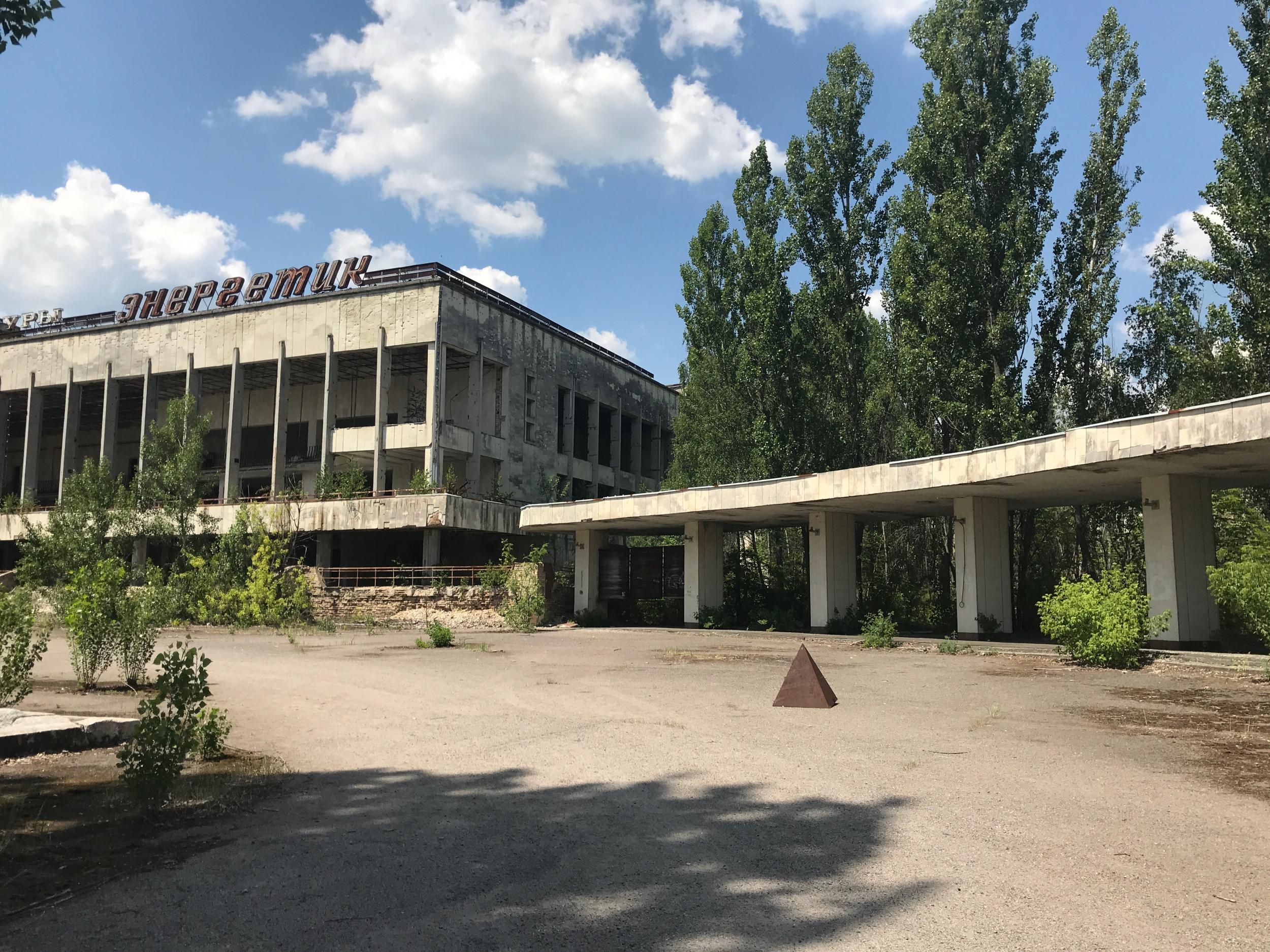
Before our trip to Chernobyl, our confirmation email had instructed us to arrive sober on the day itself, something Chalenko reminded us on the bus from Kiev, asking: “Do you have drugs or alcohol on you? We have to be sensitive, it is the worst nuclear disaster in history.”
She also warned us: “If you find a very interesting Soviet newspaper, or a part of Reactor 4, do not take it with you.”
Harris, who runs trips to the exclusion zone, as well as to North Korea and other destinations widely associated with conflict, from Kurdistan to Chechnya, has noticed changes at Chernobyl in recent years.
“Previously the people who wanted to visit were well-educated about the accident and had a strong will to learn more about it,” he says. But in recent years, “we’ve seen a rise in people with an ignorance of what occurred there and disrespect for the people who were affected.”
“Some companies are even offering stag parties there,” Harris says. “We’ve had an increase in these kinds of client enquiries since the HBO show finished a couple of weeks ago.”
It’s important now, he believes, for Ukrainian authorities to work towards stemming this kind of behaviour, and “maybe put more restrictions in place on what type of agencies are allowed to run tours to the exclusion zone”.
Aside from HBO series and cheap flights, technology is also changing our relationship with dark or grief tourist sites, as many feel the need to make followers aware of their pursuits, in real time, Lennon says, and pursuits that push the boundaries of everyday tourism.
“There does seem to be a demand to get closer, to touch death, almost,” Lennon says. “I guess it’s the experiential thing. It’s a new, edgy, experience that people can parade to their friends.”
With the near universal possession of smartphones, the sheer production and transmission of photos of dark or grief tourist sites has risen exponentially in recent years.
This in itself might be feeding the demand for such tourism, Lennon believes. In an often toxic dog-eat-dog social media culture, where it sometimes seems everybody is an influencer in waiting, tourists are perhaps driven to seek out more extreme destinations.
“There’s certainly a demand for experience that is voyeuristic and recorded on hand-held devices and uploaded.”
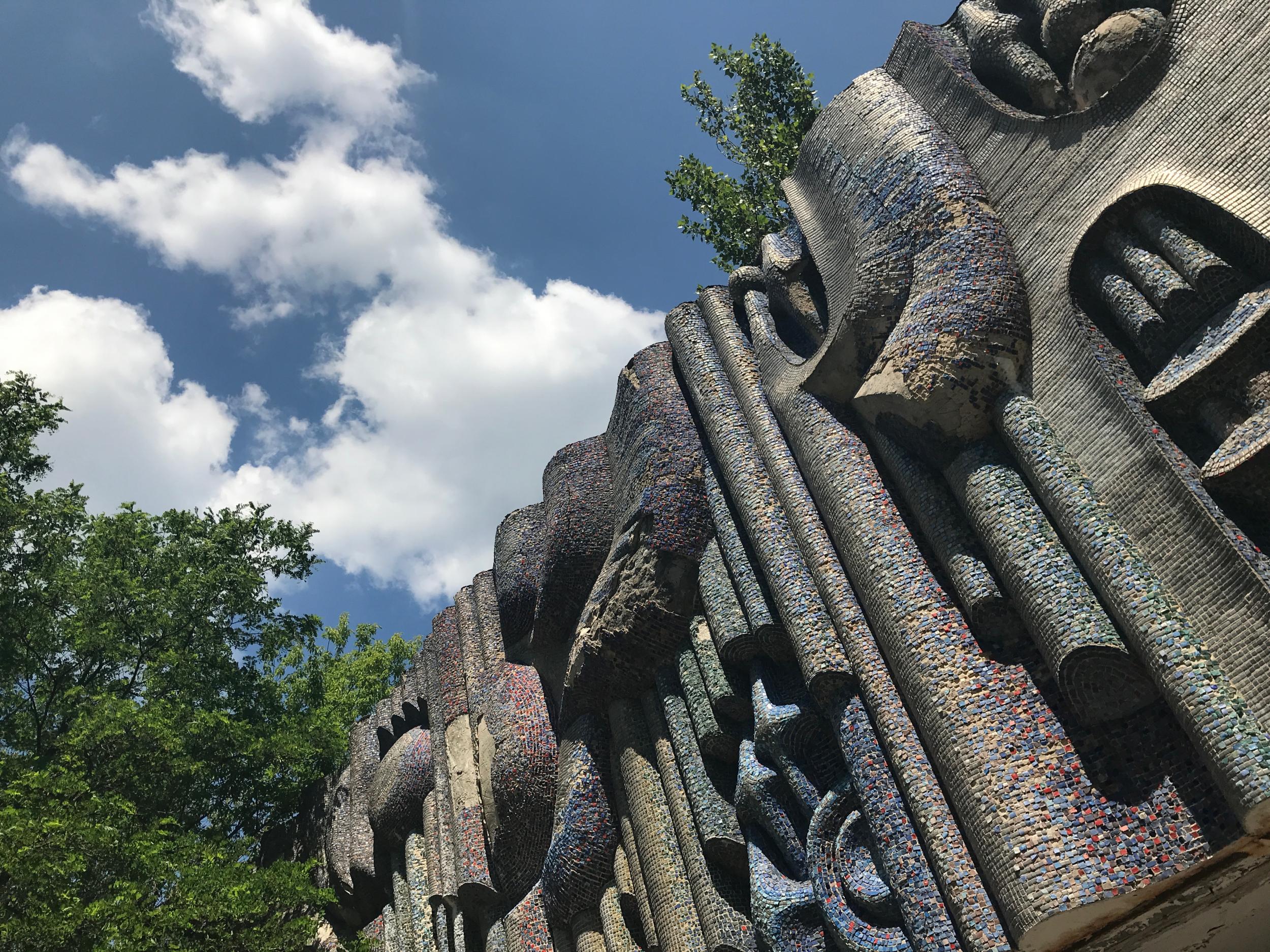
“It’s a little bit about the banality of the people’s lives that they’ll upload a pic of Chernobyl next to a picture of a pet and a wedding and a beach,” says Lennon.
In March, before Chernobyl’s creator felt compelled to encourage a more respectful attitude towards photographing the disaster site, curators at Auschwitz had to issue a similar memo – it wasn’t appropriate, they wanted to remind visitors, to take photos of oneself balancing on the death camp’s railway tracks.
In a tweet, which included pictures of four people stood on the lines, it said: “There are better places to learn how to walk on a balance beam than the site which symbolises deportation of hundreds of thousands to their deaths.”
In a follow-up, it added a section from the site’s regulations: “Visitors to the grounds of the museum should behave with due solemnity and respect.”
But tourism has always inspired consumers to photograph their experiences, Stone explains: “Taking pictures of the unfamiliar and the uncanny have long been hallmarks of tourism.
“However, the focus of tourist photography today is a move towards capturing social relations and allowing immediate access through social media.”
So for Stone, it’s now more often about documenting the fact that one is visiting the site, rather than the site itself. As Lennon says, of visitors to New York 9/11 memorial, at Ground Zero, a tranquil site of gently running water, the names of every victim engraved around the edges – “You see tourists there taking selfies and trying to figure out whether to smile or not.”
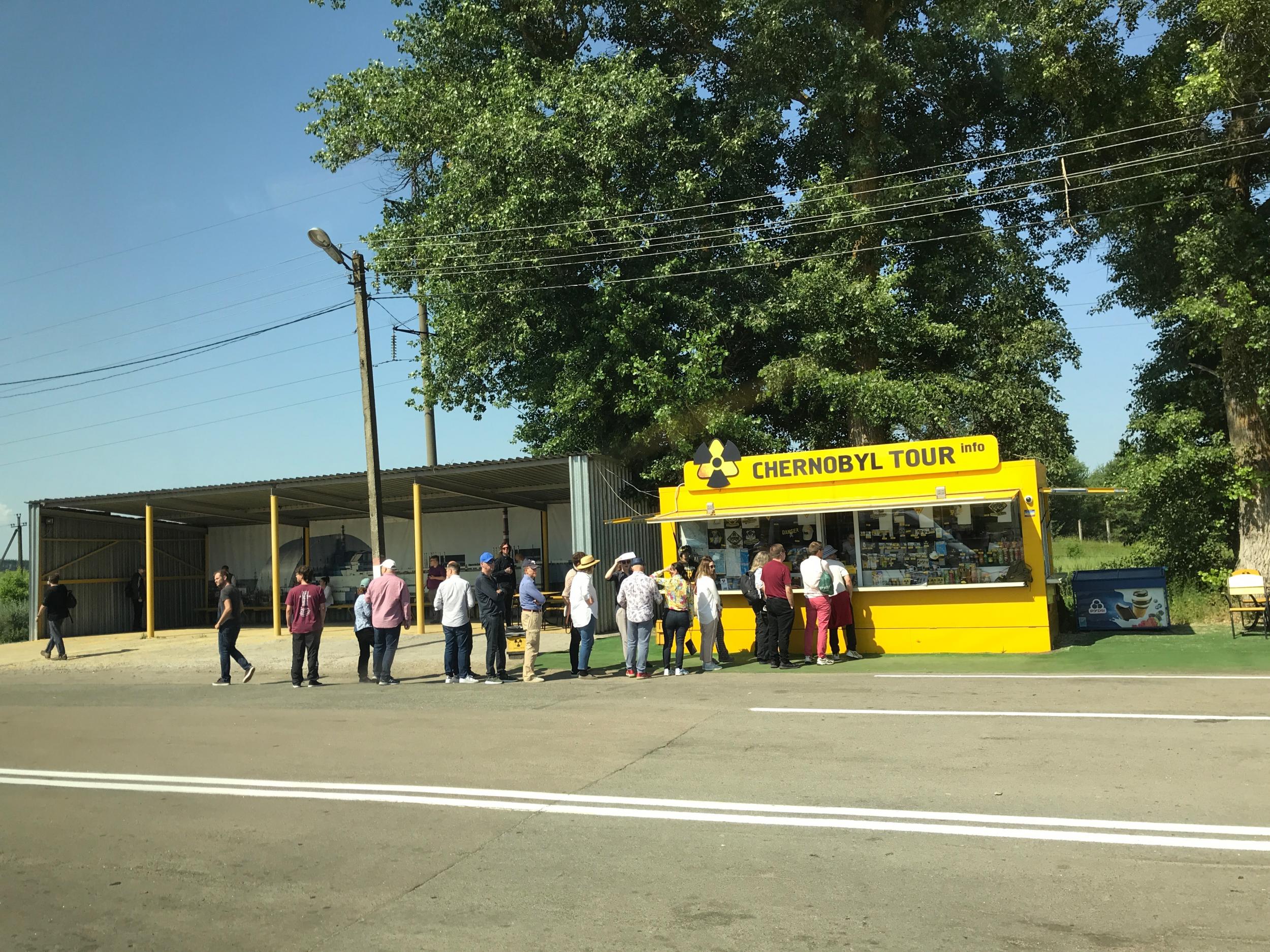
But selfies, the experts believe, are not inherently a negative thing.
“This digital immediacy means that selfies communicate not just ‘I WAS HERE’, but ‘I am here, right now’, having this experience in real time, and here is the evidence that this is the case,” Stone says.
As Morten says: “I feel it’s shortsighted to dismiss selfies as purely narcissistic, or in places of disaster, as immoral.
“The way we communicate and remember our experiences is changing with the digital age, and there is nothing wrong with tourists wanting to record the fact that they went somewhere unusual – however horrid its history may be.
But is it even possible to create “an aesthetically acceptable photograph of something which demonstrates such awfulness”, Lennon has often wondered.
“Yes people want to show something interesting and different from the crowd, and that’s natural enough, but I would hope that they would take something else from it that was valid in terms of learning.”
Morten believes there to be a “spectrum of acceptability” when capturing dark tourist sites, as, he says, “we don’t criticise war journalists for taking powerful photos of scenes of atrocity”.
“I believe context and intent make a huge difference. To capture pleasing images of something terrible, while not discussing the context of the scene, would feel like a disservice to those affected.”
But what if dark tourists want to take home more than a photo? As Stone says, there is “a fine blurred line between ethical consumption and exploitative commercialisation. Death sells – and always has done”.
It’s the responsibility of dark tourists to navigate that fine line, “and to question how the significant other dead are remembered”.
For Chalenko, she has no problem with the postcards and even some of the T-shirts on sale outside the Chernobyl Exclusion Zone, but the condoms go too far.
Morten takes no issue with the commodification of these sites, as long as those affected are benefiting.
“In my mind all commodification is tolerable so long as those most affected by the event in question are still benefiting from the tourism.
“I don’t feel it’s appropriate for western moral guardians to police what other cultures do with their own heritage, but in the case of crass Chernobyl souvenirs, if these practices are beginning to offend Ukrainian people then I think this has clearly crossed a line.”
For Lennon, such souvenirs reveal something about the state of society today.
“The whole culture of souvenirs and what’s sold in shops is interesting, that talk about reverence and learning then selling postcards of some of the worst places in the world.
“It’s the depthlessness of popular culture that is being illustrated there, it’s vapid, a lot of it. But I defend the purpose if there is education and knowledge borne out of it.”
And while I did not see the appeal in buying a hazmat suit from Chernobyl, I did feel the need to Instagram some photos from the site – alongside a pic of a beach, taken at Kiev’s city island of Trukhaniv, and a picture of a chicken kiev. I can see why that might appear flippant, but I’d rather learn about a country’s history while visiting than just enjoy its beaches and food.



